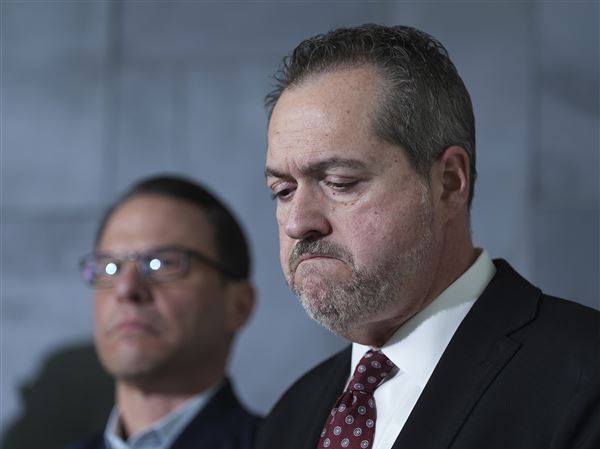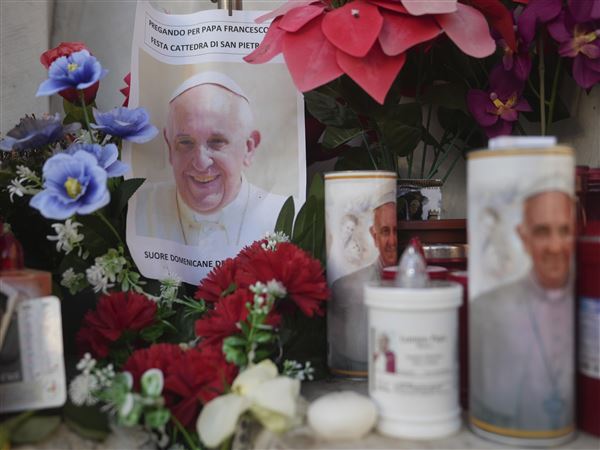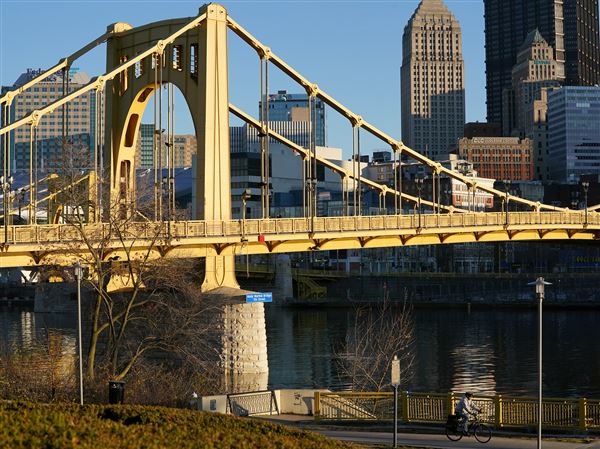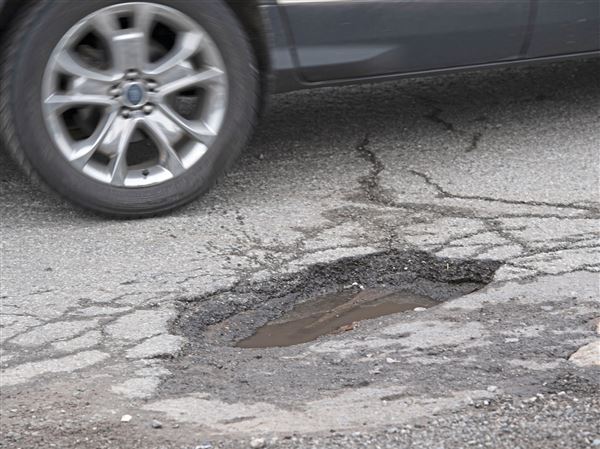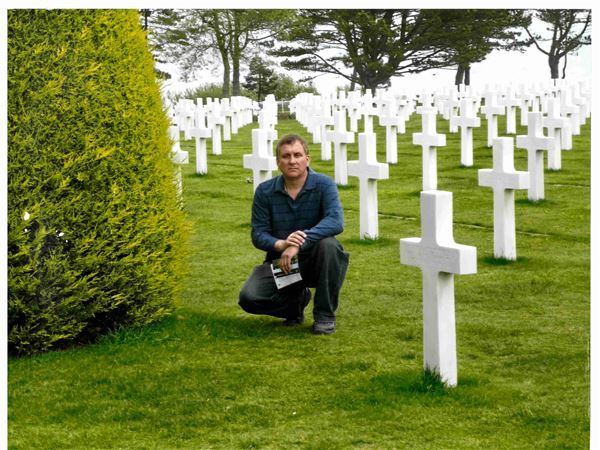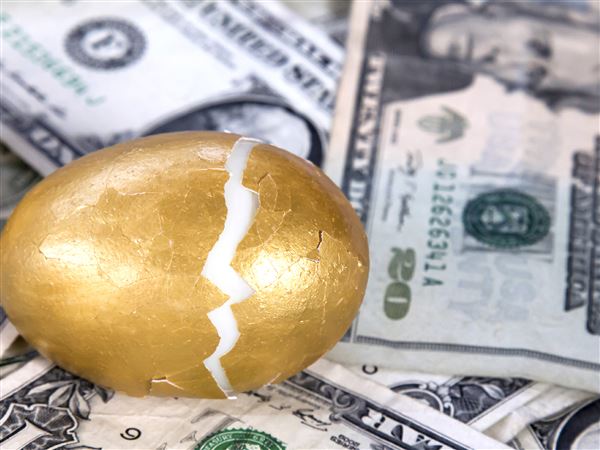Phil Mickelson joined Dustin Johnson for the last four holes at Oakmont Country Club on Tuesday, each getting in some early work for a tournament that has treated them cruelly.
It would have taken them all 18 holes if they compared stories about their U.S. Open heartaches.
No player in history has had more disappointments in the U.S. Open than Mickelson, who has finished second a record six times — two more than any other player.
But Johnson, the No. 6 player in the world, might be running a close second (no pun intended), especially if his mishaps in other major championships are taken into consideration.
If he didn’t three-putt from 12 feet, which included missing a 3-foot comeback birdie putt, on the 72nd hole at Chambers Bay, Johnson might be the defending champ when the 116th U.S. Open begins at Oakmont next week, not Jordan Spieth.
It was just another major disappointment for Johnson, who has found every imaginable way to throw away some of golf’s most cherished trophies.
“I got to reflect on how good I’ve played and the situation on Sundays, with the pressure on, I’ve performed, I’ve played really well,” Johnson said, standing behind the 18th green at Oakmont. “I’ve got to take from all the positives. This year is going to be a little different. The greens here are great. Balls aren’t going to be bouncing. It’s all where you hit it. If you hit a good putt, they’re going to go in.”
Spieth said last week that what happened to Johnson at Chambers Bay was tougher to swallow than what he had to endure when he blew a five-shot lead at the Masters in April.
“I disagree,” Johnson said. “Mine, the way the course was set up, I really enjoyed the course we played last year. It was difficult, but I thought it was good. Just the conditions of the greens were a little too bumpy for a major championship.”
Johnson does not expect that to be an issue at Oakmont, which he played for the first time Tuesday before leaving to compete in the PGA Tour’s St. Jude’s Children’s Classic in Memphis, Tenn., which starts Thursday.
“I thought it was great,” Johnson said. “With the rain (Monday), it’s a little soft, but the course is in fantastic condition. It’s a U.S. Open course. You hit the fairways, you can hit some good shots. It definitely puts a premium on hitting fairways, for sure … just to be able to control your ball coming into the greens, whether the greens pitch forward or pitch backward, it doesn’t matter. You need to be in the fairway just so you can have a shot to get it close to the hole.”
Johnson has won at least one PGA Tour event each of the past eight years — the longest active streak on tour – but he has found plenty of ways to lose a major.
In the 2010 U.S. Open, playing in the final twosome at Pebble Beach with a three-shot lead, he shot 82 with some early gaffes and lost to Graeme McDowell.
Two months later, it appeared he was in a playoff at the PGA Championship, only to render a two-shot penalty on the 72nd hole for grounding his club in a bunker that he thought was a waste area.
The following year, two shots from the lead at the British Open and in the middle of the fairway at the par-5 14th, he inexplicably hit a 3-iron out of bounds, ending any chance of catching Darren Clarke.
Then there was Chambers Bay.
“I thought it bounced and it just kind of wiggled left and hit the left side of hole,” Johnson said of the putt that would have forced a Monday playoff with Spieth. “It was something you can’t play for. It’s the golf course we were playing and something we have to deal with.”
Gerry Dulac: gdulac@post-gazette.com and Twitter @gerrydulac.
First Published: June 8, 2016, 4:00 a.m.
